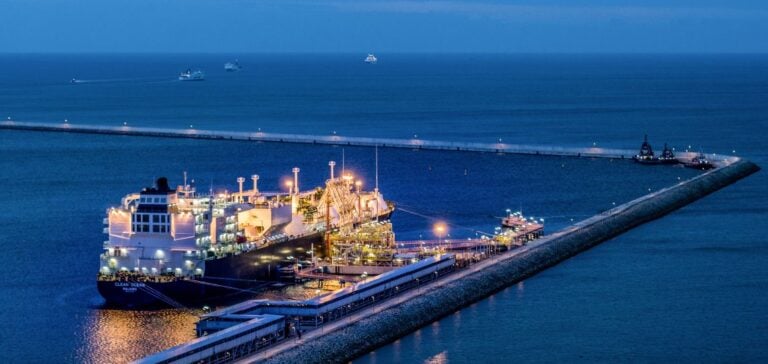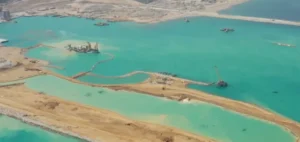Natural gas demand for electricity generation in the United States experienced a notable decline in May 2025. According to data from the Energy Information Administration (EIA), average gas consumption for electricity generation was 31.5 billion cubic feet per day (Bcf/d) from May 1 to May 30, representing a decrease of approximately 2.2 Bcf/d compared to the same period in 2024.
Weather factors and rising solar generation
Lower-than-normal temperatures reduced air conditioning demand, resulting in a decrease of approximately 1% in overall electricity consumption compared to the previous year. Simultaneously, solar power generation increased by nearly 30% year-on-year, adding around 185 GWh/day to the grid.
Impact on coal-based electricity generation
Higher natural gas prices, averaging $3.11/MMBtu in May 2025 compared to $2.19/MMBtu in 2024, made coal more competitive for power generation. Consequently, coal-based electricity generation increased by 90 GWh/day, partially offsetting the decline in natural gas generation.
Forecasts and Outlook
The Energy Information Administration forecasts a 3% reduction in electricity generation from natural gas in 2025, primarily due to rising gas prices. The share of solar energy in electricity production is expected to rise from 5% in 2024 to 7% in 2025, reaching 8% in 2026.






















